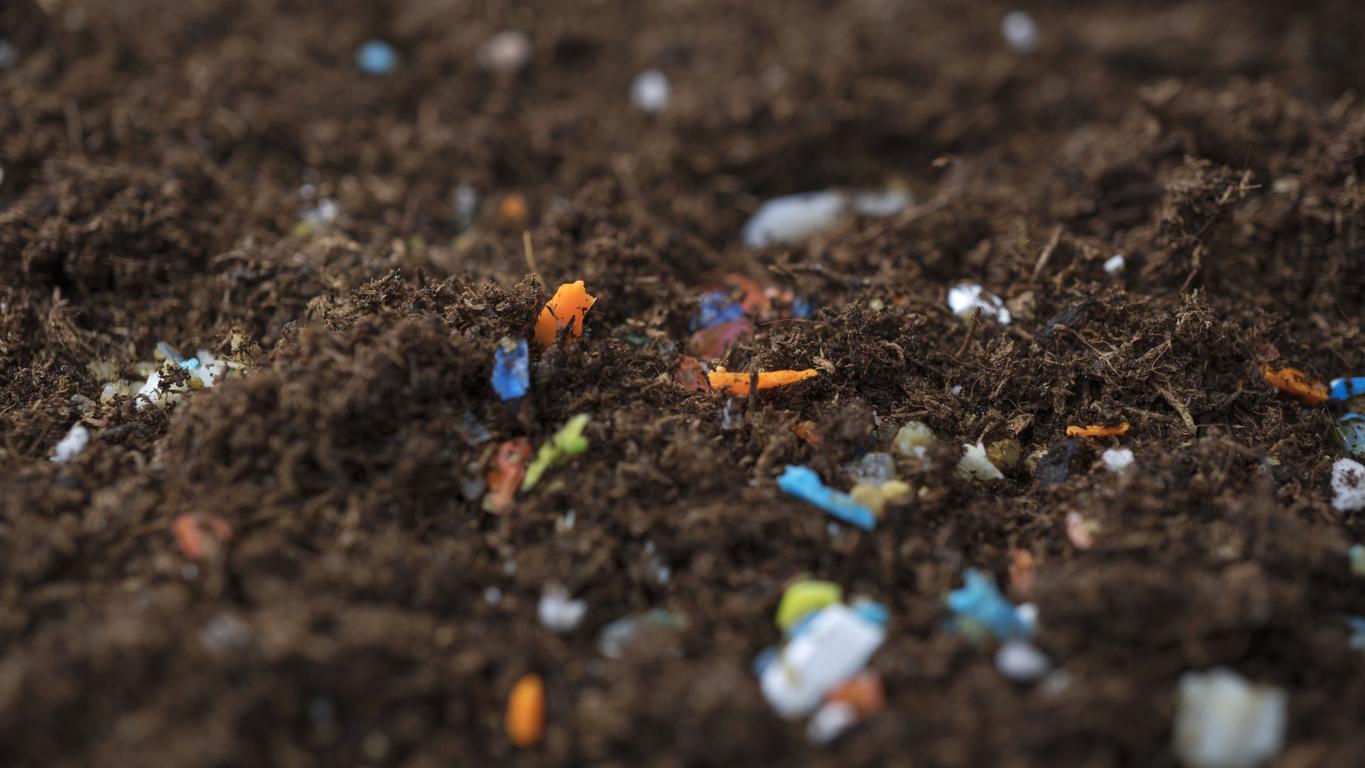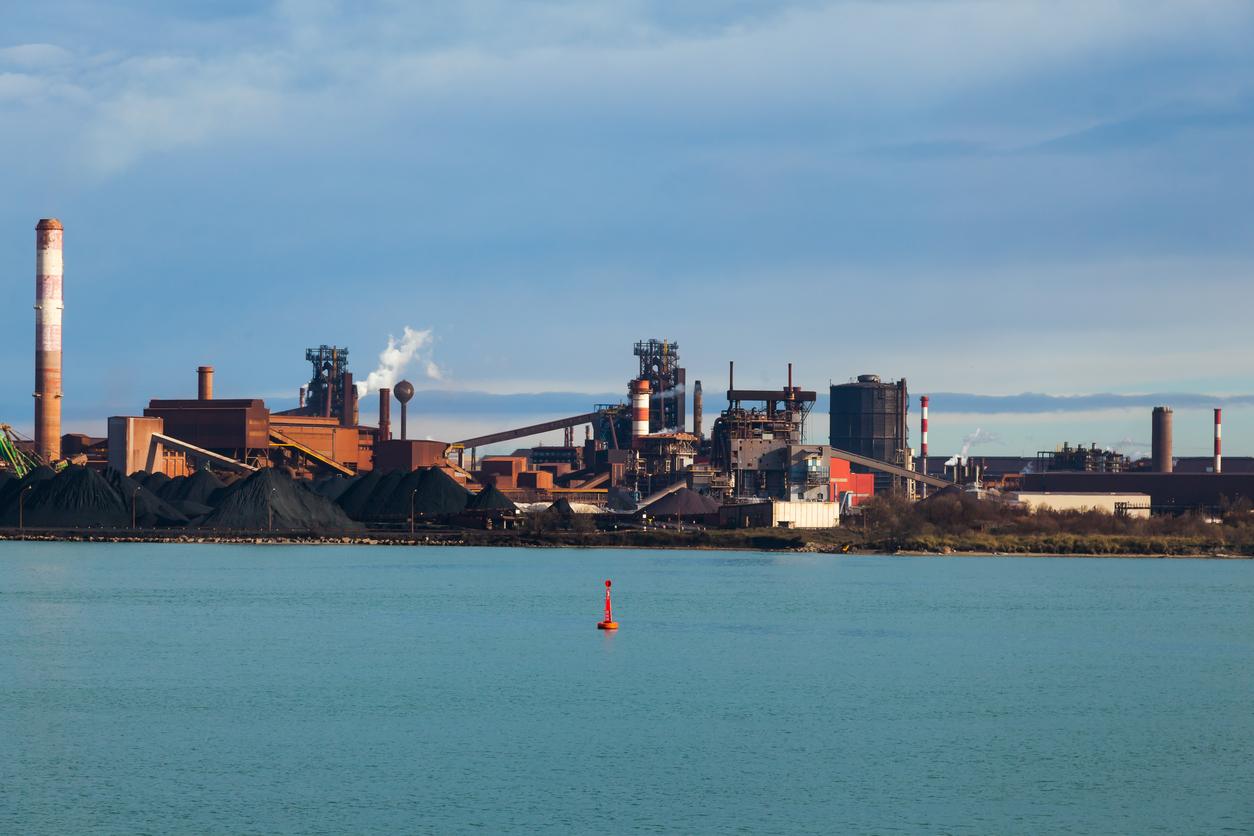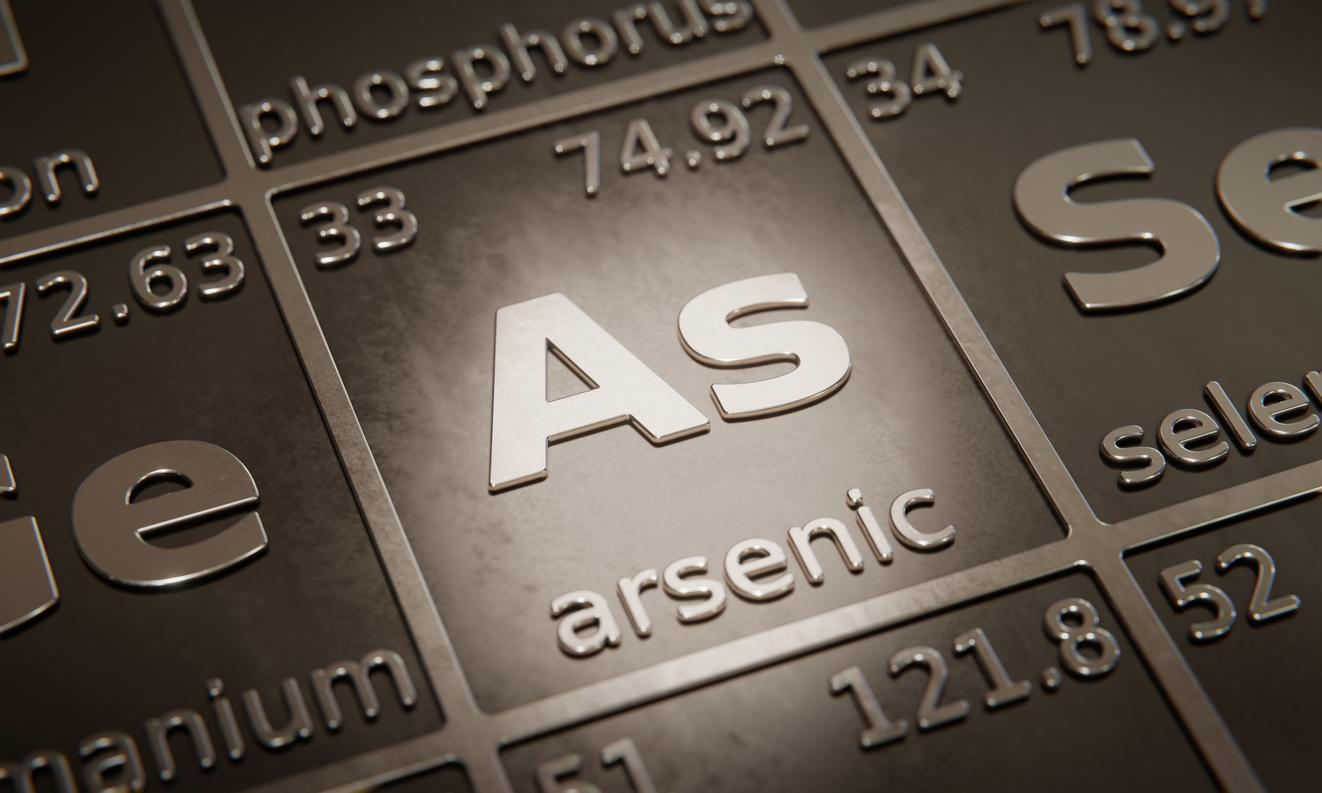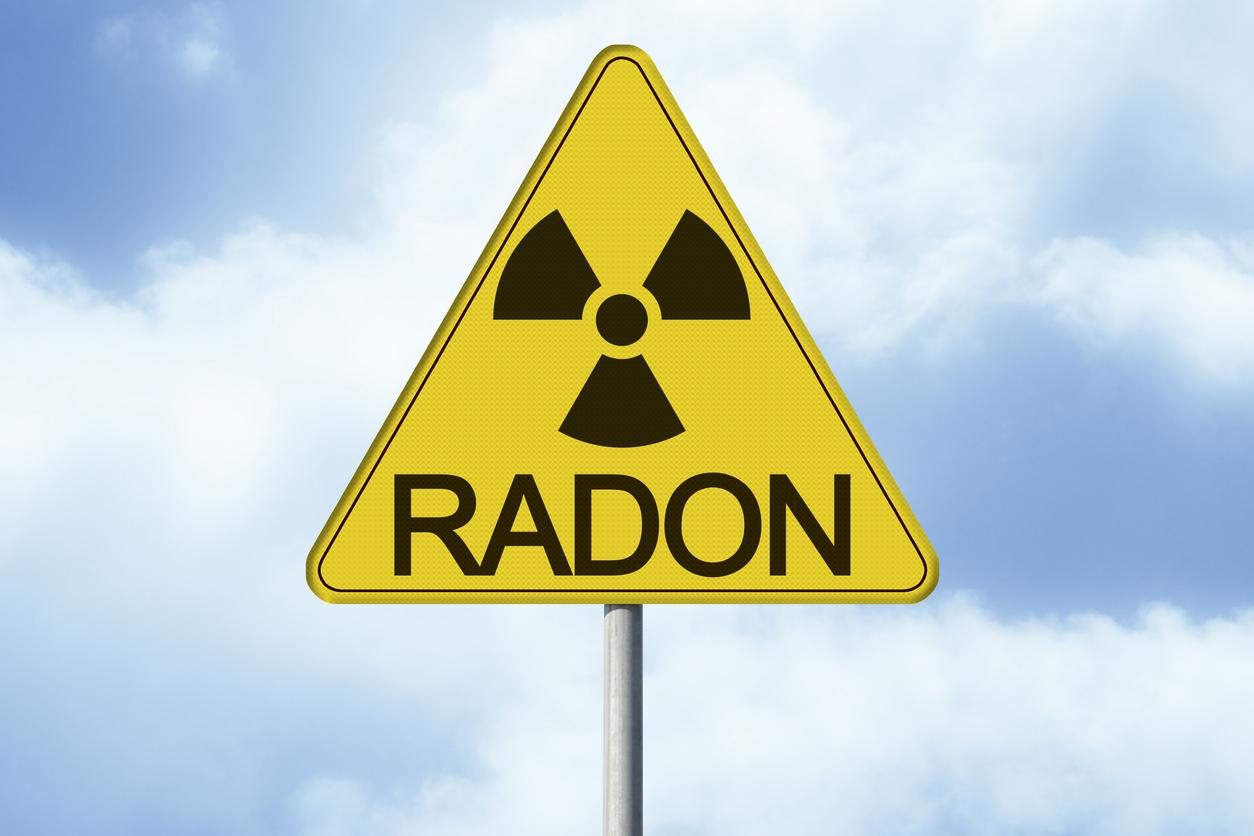In the Cévennes, a century of mining activity has irreparably polluted ground and surface water. There are doubts about drinking water.

It is a trickle of water that flows, very slowly. An extract so toxic that a sip would knock you down in no time. This water, which eats away at the rock, drains the mining sediments and adopts psychedelic colors – sometimes bright red, fluorescent green or grayish – this water, therefore, it comes directly from the dirt of the Saint-Sébastien mine, a few steps away. hundreds of meters above. Its name is the Reigoux, a river that flows into the Amous, then into the Gardon d’Anduze. It contains 300 mg / Liter of arsenic – at least 30,000 times the standard for drinkability.

Reigoux water, upstream of the Saint-Sébastien-d’Aigrefeuille slag – Guérin / Pourquoidocteur / TDR
To discover this source of pollution which largely contributes to the contamination of the Gardon, you have to leave the road, walk in the woods of the municipality of Saint-Sebastien-d’Aigrefeuille, and pass the building of the mine’s laundry, where millions of tons of mining waste were treated for twelve years by the company Penarroya (1951-1963), and where tenants have now taken up residence.
Forty years ago, after thunderstorms and torrential rains, part of the dirt collapsed. Some 300,000 tonnes of products spilled into the rivers, forming piles of sedimented mud, some as high as 15 meters, according to local residents. Work dated 1963 already warned of the toxicity of the place, which would be responsible for a 50% reduction in the fertility rate in the town.

The laundry of the former mine of Saint-Sébastien is now inhabited – Guérin / Pourquoidocteur / TDR
Burden
In other words, this is a heavy burden. Downstream of the slag where the trickle of water flows, the State has financed work, inaugurated in 2012, to limit the damage in the event of Cevennes episodes – those famous torrential rains that precipitate and mix the rivers . The places have been secured – gate, fence, signs, access road. A rocking was to allow the river to flow into the pipeline while avoiding lateral infiltration. It is also planned to strengthen the retaining wall and monitor its stability in real time. Total cost of the work: two million euros, for efficiency against rain guaranteed for one hundred years.
Three years later, the installation was small. At the first flood, the stone collapsed, destroying any hope of sealing. The gate having become inaccessible, the fence had to be pierced to be able to enter the area. And the water continues to seep in, as it always has. Four kilometers below, the town of Générargues pumps drinking water from the Amous, a tributary of this Reigoux.

The stone collapsed at the first flood of the Reigoux – Guérin / Pourquoidocteur / TDR
Questions about drinking water
In Saint-Félix, Torniac, Anduze, these towns shaken by a public health scandal, it is the water that crystallizes fears – underground water, bathing water, drinking water . The quality of that of the tap, although validated by all official expertises, leaves many residents skeptical. Some admit to consuming only bottled water.
Psychosis? The visit of a freshwater catchment that distributes vital food to the municipalities of Saint-Félix-de-Pallières and Thoiras, raises doubts. While the site should be completely fenced, we were able to get there without stepping over any barrier. The pumping station adjoins a busy department road, in defiance of the regulations which prohibit any activity within the immediate protection perimeter.
On the side of the station, a hatch provides direct access to the water consumed by the inhabitants. This hatch, which should be closed in an impermeable manner (in particular to avoid malicious contamination, etc.), is submerged during the numerous floods of the Gardon de Saint-Jean which flows less than five meters, several scientific works of which show a definite contamination. . “In fact, when there are floods, we drink the polluted water of the river”, summarizes our guide, who wishes to remain anonymous. Added to this is the pollution of the place, littered with plastics, pieces of iron, excrement, condoms, all drained by the floods inside the station, through this trap.

The drinking water catchment of the Pont de Salindre does not meet sanitary standards – Guérin / Pourquoidocteur / TDR
In phase 1 of the IEM (interpretation of the state of the environment) completed in 2012 by ICF Environnement, the hydrogeologists mentioned a risk of contamination, both of the catchment itself and of the groundwater. An information note that we were able to consult emphasizes potential sources of pollution, including the mines of Saint-Félix-de-Pallières. “It is above all a chemical contamination that we must fear”, he mentions.
The open-air “quarry”, a contamination factor
A few hundred meters upstream, an open-air quarry. Or a gigantic mine that does not say its name. It is operated by SARL Henri Leygue and located on former mining galleries. Its rock is full of lead and arsenic, but officially, it is the limestone which has been exploited there since 2005. The Nicolas Hulot foundation denounced this site, which “contributes to the continuation of pollution, of the contamination of the earth. environment and increases a little more each day the health risks for the exposed populations ”, one can read in a letter addressed by the association to the sub-prefecture of Gard.
The close protection perimeter of a drinking water catchment excludes “any activity likely to cause pollution” in a sector of several hectares. In this case, the quarry spits its toxic dust in the air of the valley and its reddish waste in the Aiguesmortes, which flows directly into the Gardon de Saint-Jean. Admittedly, the quarry is located upstream of the catchment – but the kartsic system of the ground upsets all the logic of upstream and downstream. Water seeps in from all sides, suggesting a high risk of contamination of groundwater and surface water.

The Ferrière quarry, in Thoiras, is located on two former mining galleries – Guérin / Pourquoidocteur / TDR
An impossible depollution?
The water issue is all the more worrying as it is generally admitted that a clean-up would only bear fruit in decades, or even centuries. The rivers and water tables of the Cévennes indeed bear an indelible trace of this mining activity, the extent of the consequences of which we are beginning to measure on a national scale. Chlorine treatments that make water safe to drink will certainly not erase this past.
In 1998, HydroSciences (University of Montpellier, CNRS, etc.) did indeed attempt a decontamination experiment with bacteria, at the Reigoux region. Twenty years later, the equipment of this aborted trial lies abandoned in the middle of the forest. As a reminder of an inextricable situation, of a legacy shaped like a ball for generations to come.

The experimental tanks for the treatment of arsenic by bacteria have been left behind – Guérin / Pourquoidocteur / TDR
Read the rest of the survey:
<< Cévennes: a long-buried health scandal
>> Industrial pollution: thousands of contaminated sites in France
In the Cévennes, a century of mining activity has irreparably polluted ground and surface water. Our report on this long-buried health scandal bit.ly/1p8rJja
Posted by Why doctor on Sunday March 6, 2016
.
















